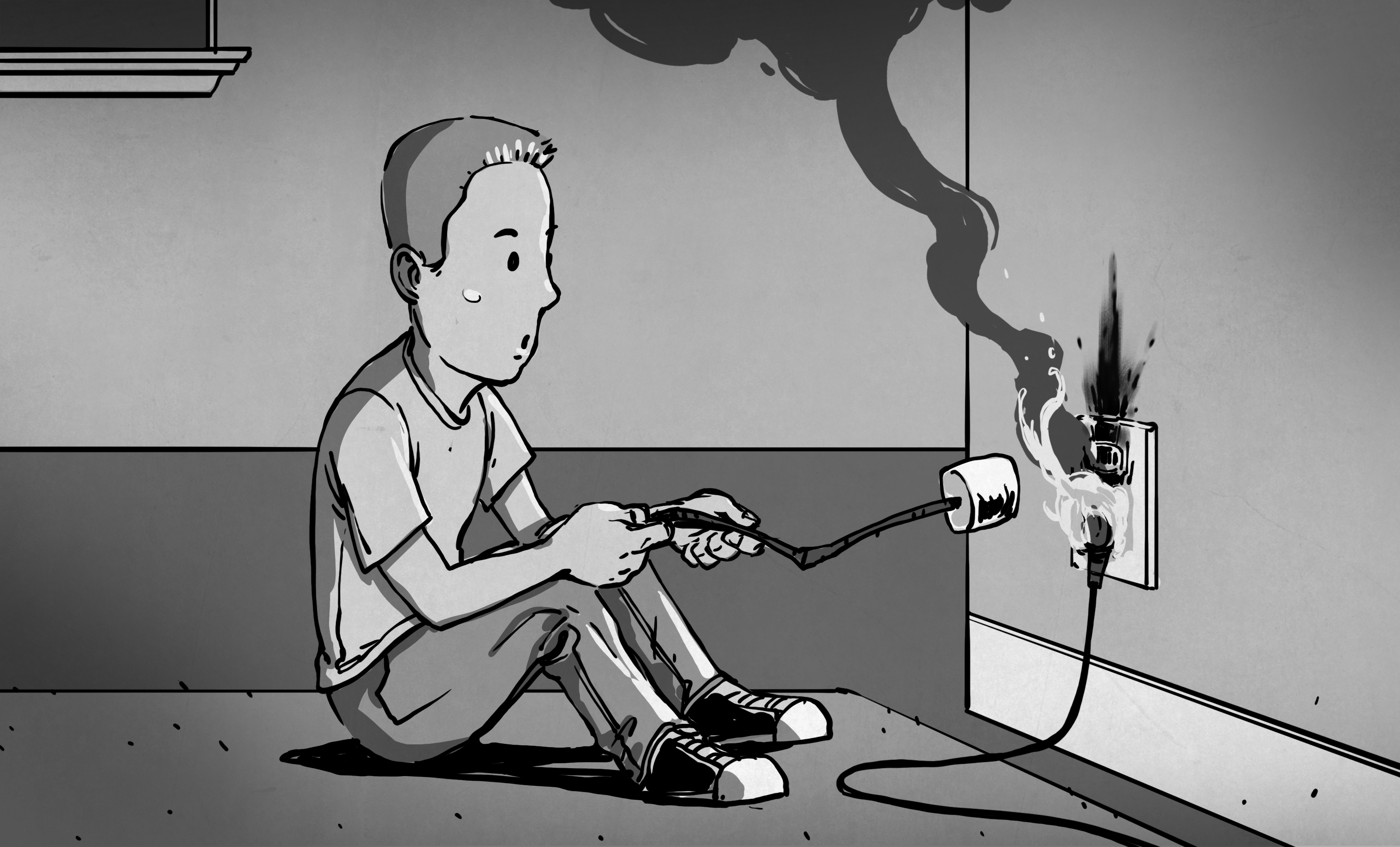Recently bought a house and later found out that most the outlets aside from a couple in the kitchen are ungrounded, and there's no non-bank-breaking way to get them grounded without haven't some professional asbestos removal done. Managed to find a surge protector that doesn't rely on ground (Zero Surge) to at least add some protection for my pc I built that way, and am having gfci outlets put in to off more protection for us humans living here. Was also planning on getting a Cyberpower UPS to help for power outages.
I was reading this topic
 forums.tomshardware.com
.
forums.tomshardware.com
.
This post in particular concerned me
"This is the correct answer, and I really suggest you take it seriously. If you plug the PC into an ungrounded outlet and there's any sort of current leakage in your components, that charge which would normally go to ground will instead build up in your case. Basically your case will turn into a giant capacitor. And when you reach over to turn off the computer, that capacitor will discharge through you possibly electrocuting you. "
Someone later in the thread asked if the gfci outlet would help protect a person from that, but the question was never answered. Can someone give an answer to that question?
If I have gfci outlet, with the Zero Surge surge protector plugged into it, the UPS into the surge protector, and then pc, monitors, etc. plugged into the UPS should things most likely be fine? Is that too much of a chain of stuff? Starting to wonder about the trade off the UPS benefit vs another thing downstream of the surge protection that could have an issue.
Hopefully this plan is at least better then nothing since selling the house several months out of purchase isn't an option due to selling fees, but also want to make sure nothing in this plan isn't going to leave me worse off somehow. And if it is enough to be decently safe, would be nice to know to easy my mind, as I have been quite stressed out about the whole situation.
I was reading this topic
Damage of a ungrounded pc
Hi guys, Tomorrow my pc parts will arrive and I have the following questions concerning grounding: 1. I don't have a grounded outlet in my room and I want to install windows as soon as possible. Will using an ungrounded outlet do any harm on my pc in the short term? (given there are no...
This post in particular concerned me
"This is the correct answer, and I really suggest you take it seriously. If you plug the PC into an ungrounded outlet and there's any sort of current leakage in your components, that charge which would normally go to ground will instead build up in your case. Basically your case will turn into a giant capacitor. And when you reach over to turn off the computer, that capacitor will discharge through you possibly electrocuting you. "
Someone later in the thread asked if the gfci outlet would help protect a person from that, but the question was never answered. Can someone give an answer to that question?
If I have gfci outlet, with the Zero Surge surge protector plugged into it, the UPS into the surge protector, and then pc, monitors, etc. plugged into the UPS should things most likely be fine? Is that too much of a chain of stuff? Starting to wonder about the trade off the UPS benefit vs another thing downstream of the surge protection that could have an issue.
Hopefully this plan is at least better then nothing since selling the house several months out of purchase isn't an option due to selling fees, but also want to make sure nothing in this plan isn't going to leave me worse off somehow. And if it is enough to be decently safe, would be nice to know to easy my mind, as I have been quite stressed out about the whole situation.


